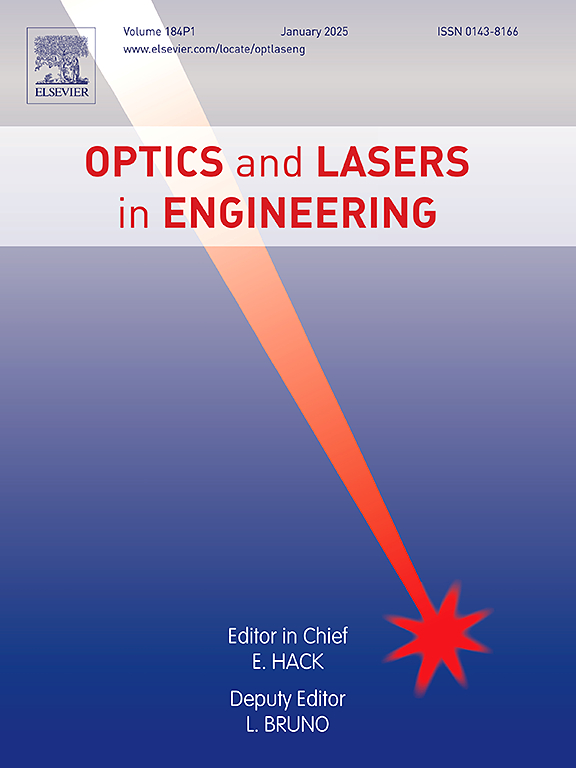Two-stage framework for reconstructing spectral images from diffraction-blurred images
IF 3.5
2区 工程技术
Q2 OPTICS
引用次数: 0
Abstract
In recent years, encoding and decoding-based computational spectral imaging systems have garnered substantial interest. Among these, phase-encoded spectral imaging systems employ diffractive optical elements to encode the phase of the incident light, resulting in wavelength-dependent point spread functions. These point spread functions encode implicit spectral information into the diffraction-blurred images, enabling convolutional neural network-based spectral reconstruction algorithms to extract spectral information effectively. However, the large size of the point spread function leads to considerable degradation. Traditional one-stage reconstruction frameworks attempt to address both deblurring and spectral unmixing simultaneously, and the quality of the reconstruction results requires further improvement. In this paper, we propose an innovative two-stage reconstruction framework. In the first stage, we focus on restoring high spatial resolution deblurred images. In the second stage, we use the deblurred images along with the original diffraction-blurred images to perform spectral reconstruction. Experimental results demonstrate that our proposed two-stage reconstruction framework, alongside the feature extraction and fusion block, significantly enhance the quality of the reconstruction results. Our framework can also be extended to other reconstruction tasks based on point spread function encoding. Moreover, we provide a relative spectral reflectance dataset covering a spectral range from to , with a spectral interval of , which is conducive to improving the generalization of the spectral reconstruction networks in diverse scenes.
求助全文
约1分钟内获得全文
求助全文
来源期刊

Optics and Lasers in Engineering
工程技术-光学
CiteScore
8.90
自引率
8.70%
发文量
384
审稿时长
42 days
期刊介绍:
Optics and Lasers in Engineering aims at providing an international forum for the interchange of information on the development of optical techniques and laser technology in engineering. Emphasis is placed on contributions targeted at the practical use of methods and devices, the development and enhancement of solutions and new theoretical concepts for experimental methods.
Optics and Lasers in Engineering reflects the main areas in which optical methods are being used and developed for an engineering environment. Manuscripts should offer clear evidence of novelty and significance. Papers focusing on parameter optimization or computational issues are not suitable. Similarly, papers focussed on an application rather than the optical method fall outside the journal''s scope. The scope of the journal is defined to include the following:
-Optical Metrology-
Optical Methods for 3D visualization and virtual engineering-
Optical Techniques for Microsystems-
Imaging, Microscopy and Adaptive Optics-
Computational Imaging-
Laser methods in manufacturing-
Integrated optical and photonic sensors-
Optics and Photonics in Life Science-
Hyperspectral and spectroscopic methods-
Infrared and Terahertz techniques
 求助内容:
求助内容: 应助结果提醒方式:
应助结果提醒方式:


